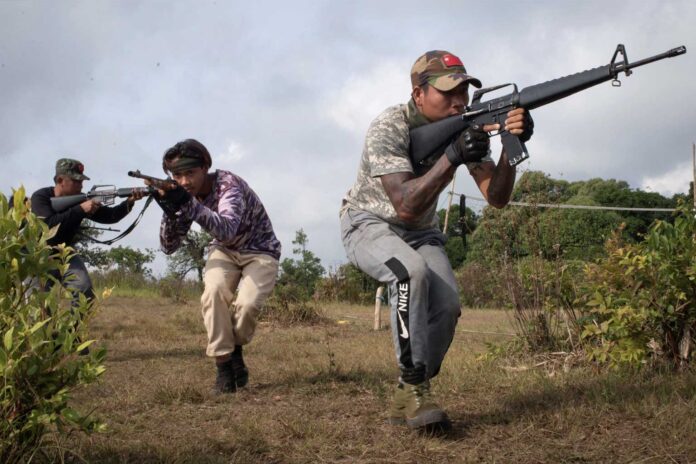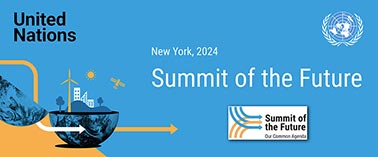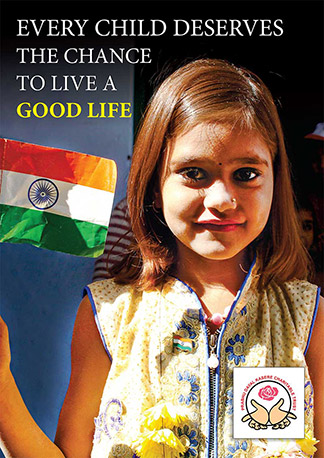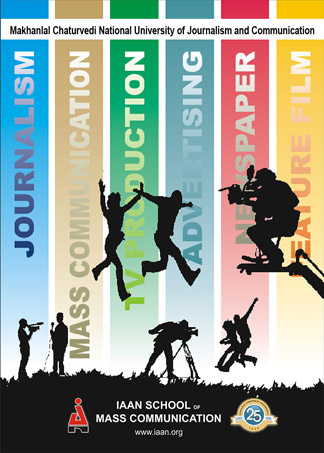Myanmar’s bitter civil war has entered a new phase, as the six month long offensive by the opposition forces has forced the country’s military government into retreat, with the resistance movement making massive territorial gains. In turn, the Myanmar army has increasingly adopted scorched-earth tactics, causing a sharp rise in civilian casualties as the country’s bitter civil war continues.
The regime’s troops are striking hospitals, churches, schools and monasteries with air, naval and artillery power knowing that such targets are important places where the opposition forces can be shelter and find aid.
Military forces now control less than half of Myanmar, but are holding on ferociously to the central part of the country including the capital, Naypyidaw and the largest city, Yangon. The military is far better armed than the resistance forces, with arms support from Russia and China. However, recent advances by the resistance show the military regime appears to be in serious trouble,
As the fighting shifts into more populated areas, more than 1 million people have been forced to flee since the start of the resistance offensive in October 2023, contributing to the more than 3 million internally displaced people in the country according to the United Nations.
With the collapse of Myanmar’s health care system and food networks, 18.6 million people are in need of food supply, including 6 million children.
The Beginning of a Civil War
After the Burmese Army (another name for Myanmar) seized power from the democratically elected government of Aung San Suu Kyi in February 2021, opposition has been growing against the military junta amongst the people of the country. In October 2023, the resistance gained new momentum after major militias known collectively as the Three Brotherhood Alliance launched a joint offensive. Together, the Arakan Army, the Myanmar National Democratic Alliance Army and the Ta’ang National Liberation Army — among the most powerful militias formed by Myanmar’s ethnic minorities — made quick advances against the military junta.
As they captured large parts of the country, focusing in the north and northeast, including economically important border crossings with China and several major military bases, other ethnic armed groups sensed the advantage and also joined the fighting. At the same time, People’s Defense Forces — armed resistance groups that support the shadow National Unity Government, which views itself as Myanmar’s legitimate administration — have been increasing in number and launching their own attacks, often supported and trained by the ethnic armed militias.
In response, the military government under Senior General Min Aung has reintroduced conscription to increase the Burmese Army’s ranks. But the move has somewhat backfired as it has pushed some young people into the resistance, while many more have fled to rural areas or neighboring countries like India and China to avoid fighting.
In January 2024, China brokered a cease-fire in Myanmar’s north between the Three Brotherhood Alliance and the military junta, but the resistance alliance’s Arakan Army continues to fight in its home Rakhine state in the west, making significant gains, while other ethnic armed groups continue their own attacks elsewhere.
From 1 Nov 2023 to 1 May 2024, at least 1,015 civilian have been killed, according to the Assistance Association for Political Prisoners, a watchdog group that tracks political arrests, attacks and casualties. It says 4,962 civilians have been killed overall since the military took power three years ago. The watchdog blamed the deaths on the military’s increasing use of scorched-earth tactics and fighting moving into more populated areas.
A bleak future ahead
Even as the resistance is united in fighting the military junta, issues of conflict such as control over captured territory, administrative power and new battle plans are cropping up between the different resistance factions and army’s. In particular, the territorial tension – who gets to control which territory – is very real.
There is no single political direction or goal that the resistance seems to articulate, even as the Burmese people share a common desire for peace and stability after 3 long years of civil war.
Myanmar its seems, is now at a crossroads.










